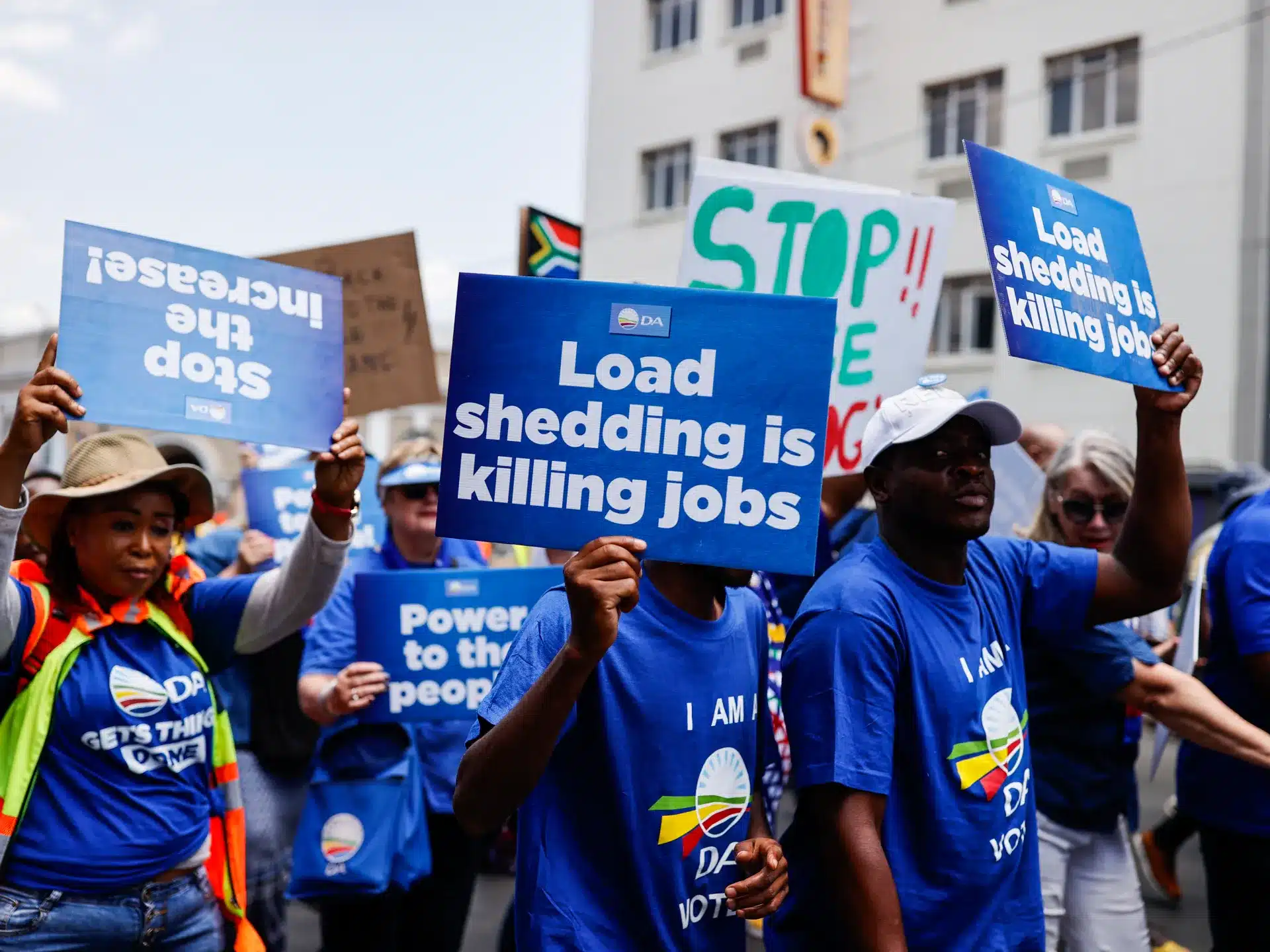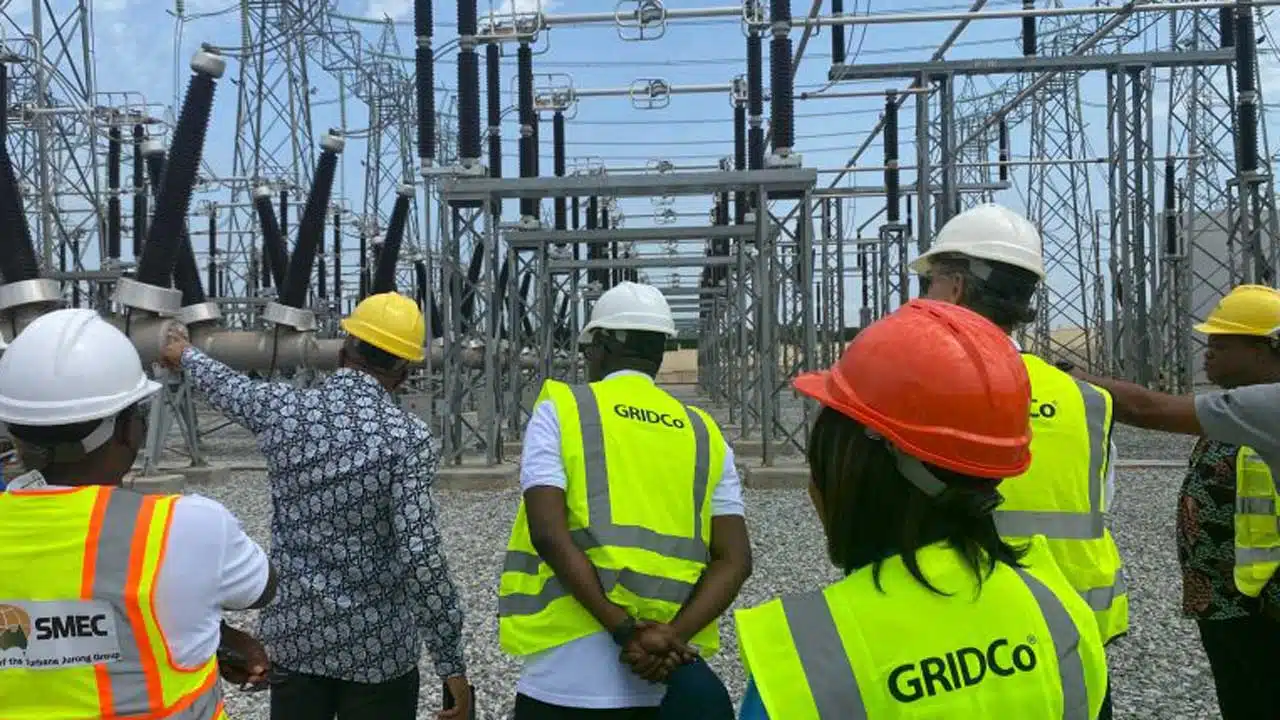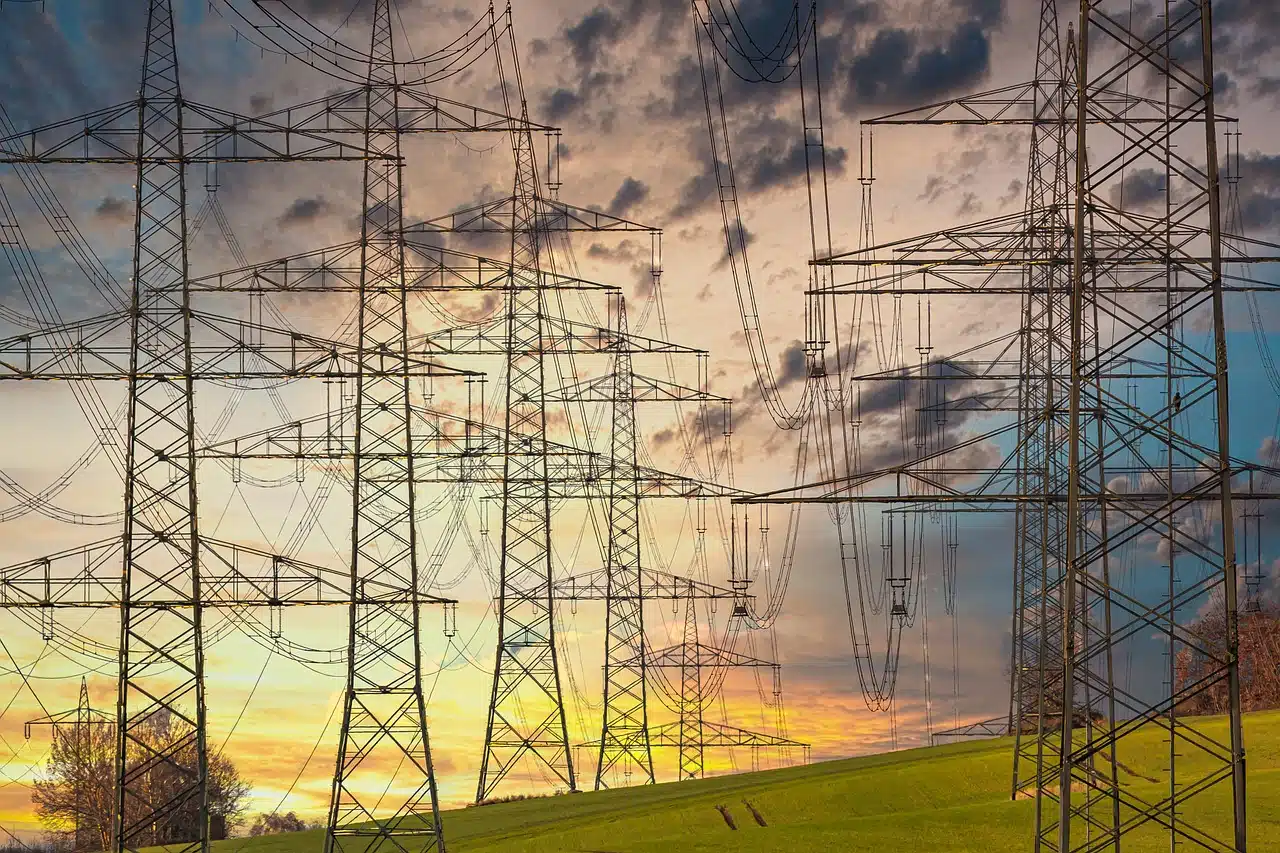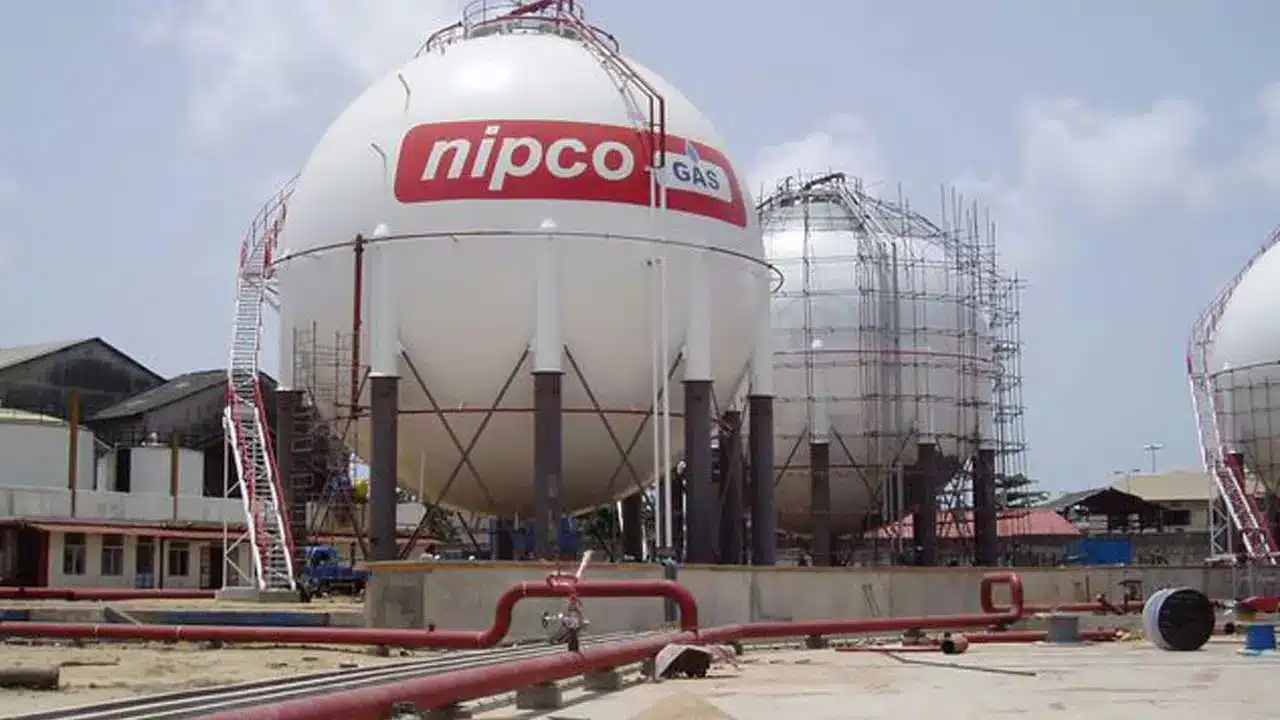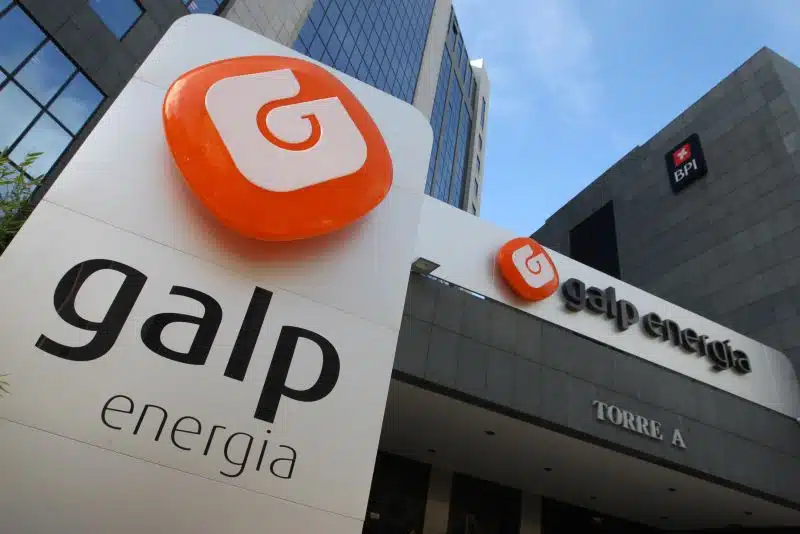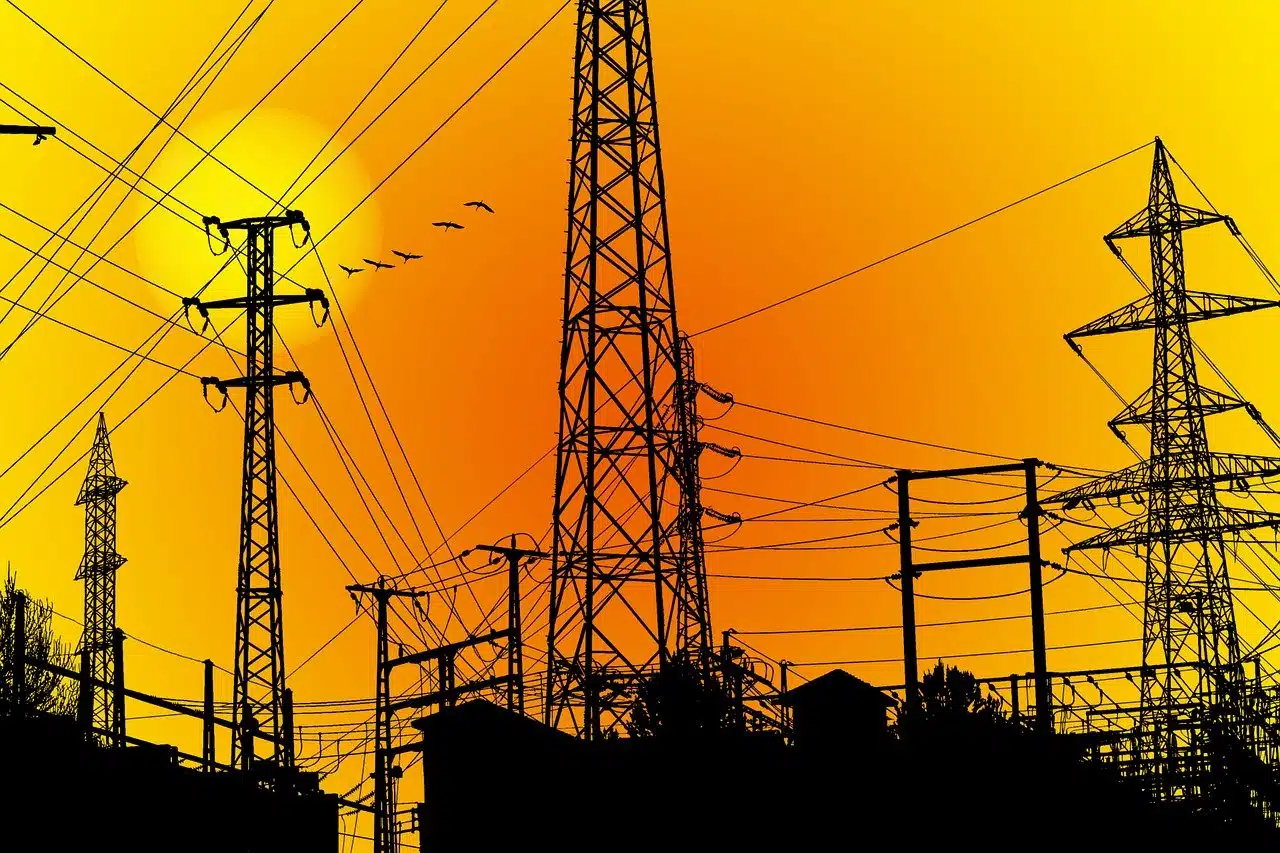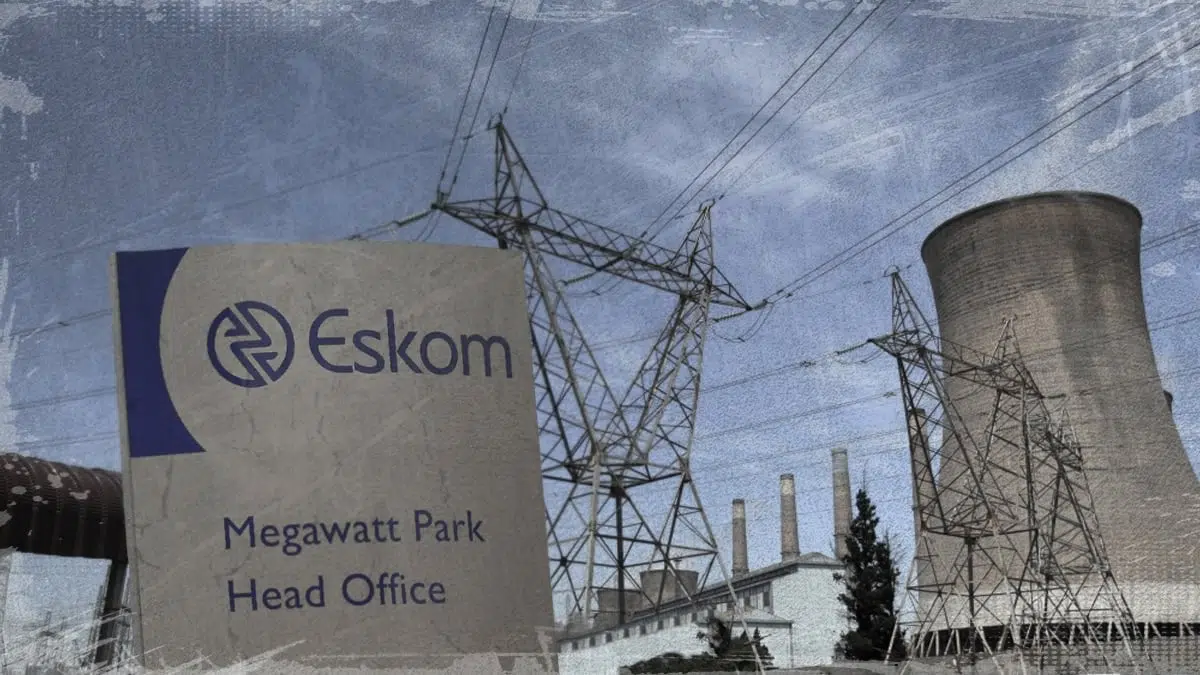When the lights go out, in what the government calls loadshedding, South Africa’s residents groan, murmur, and sometimes use derogatory words to describe the state power utility, Eskom Holdings.
This has been the usual scene in many homes in Africa’s most industrialised country, and from all indications, it’s not getting better.
But amid the darkness, a quiet revolution is taking shape on rooftops across the country. From suburban homes in Johannesburg to coastal retreats in Cape Town, solar panels are glinting under the African sun, offering a flicker of hope of reliable electricity.
Once a luxury for the eco-conscious elite, rooftop solar has become a survival strategy for households tired of living at the mercy of Eskom’s faltering grid.
Tales of frustration amidst widespread power cuts
Residents in the country have been increasingly frustrated with the government for not solving the power crisis despite promises of electricity stability.
Just last month, residents of Fordsburg in the Gauteng Province of Johannesburg were hit by a power outage in the thick of the winter season despite assurances from Eskom that the power grid was stable and that loadshedding won’t be necessary.
Akhil Jaynath, a resident who spoke with local media said the situation is unbearable.
“We are experiencing some really troubled times, we do not have electricity for the past two days. With the weather warnings and stuff, it is becoming really unbearable. We do not have electricity to warm water to have a bath or shower and we can’t put our heaters on to keep warm.
“It’s becoming difficult to sleep through the night and I just pray and hope that our electricity comes right so we can live day by day.”
In March, residents of Rabie Ridge in northern Johannesburg blocked roads with rocks and burning tyres, in violent response to the power outage they suffered for two weeks.
Community residents protested the poor response of Johannesburg’s electricity utility, City Power, to the power cuts they faced.
Calvin Bantham, a member of the Rabie Ridge community told reporters that they’re tired of being in the dark.
“Two weeks the community did not have electricity. That’s why the community is in a shutdown so that City Power can see what damage they are causing to this community,” said Bantham.
A reliable alternative gains traction
In other homes and businesses, when the lights go out, they simply flip a switch and receive power from their rooftop solar panels.
According to Eskom’s estimates, as of March 2024, approximately 5,440MW of residential and rooftop solar capacity had been installed across the country. And that number is expected to rise.
In its Solar Rooftop PV Global Market Outlook report, the International Energy Agency (IEA) is projecting the country’s installed rooftop solar PV capacity to triple, nearly reaching 1.8 GW this year.
A report by Forbes Africa revealed that the country imported 3.8 GW of solar panels in 2024. This follows a record-high 4.3 GW imported in 2023, as consumers increasingly turned to solar power amid worsening blackouts.
Taking advantage of the situation
With more homes dumping the national grid and using rooftop solar panels, South Africa’s government has moved to take advantage of the shift and regulate its use as well as revitalise the grid.
In the South African Renewable Energy Masterplan (SAREM) approved by the country’s cabinet in March, the country aims to increase the pace of the rolling out of renewable energy projects, create jobs and expand local manufacturing, foster industrial development through localization and support a just energy transition, amongst others.
On his part, Energy Minister, Kgosientsho Ramokgopa hailed the plan as not just a blueprint for green industrialization, but also as a pathway to a more sustainable and equitable future for all South Africans.
SAREM advocates for expanding solar energy installations to harness South Africa’s abundant sunlight.
South Africa has also introduced a feed-in tariff (FiT) and net billing framework to encourage rooftop solar users to contribute excess electricity to the national grid.
The plan is part of the Electricity Regulation Amendment Act 2023 which paves the way for private power producers (including households) to sell electricity to the grid.
This feed-in tariff model has also encouraged households to install their very own rooftop solar panels in a bid to earn from supplying electricity to the grid.
Downsides to owning rooftop solar panels
Meanwhile, solar users are also likely to incur an additional levy from Eskom and municipalities for the maintenance of the grid and distribution infrastructure.
The utility is mounting pressure on households and companies who register their solar installations as part of its Small-Scale Embedded Generation (SSEG) programme.
South Africans who fail to register their grid-tied solar power installations face penalties or risk having their systems disconnected by Eskom.
This rule also applies to households and businesses with rooftop solar installations that don’t feed power into the grid.
Eskom has explained that its warnings of penalties and disconnection are necessary as it is vital for all connections to the grid to comply with the required codes, standards, and guidelines set by the National Energy Regulator of South Africa (NERSA).
It said that with more solar installations pushing energy onto the grid, safety has become a critical focus for both performance and the staff working on it.
Is renewable energy the new electricity future of South Africa?
With the South African Renewable Energy Master Plan (SAREM), the country is positioning itself for a future powered by electricity produced through renewable energy sources.
SAREM aims to add 3 to 5 gigawatts (GW) of renewable energy capacity annually until 2030, with an initial emphasis on solar and wind technologies.
In addition to the regulatory framework, state-owned utility, Eskom Holdings, has moved to establish a standalone renewable energy subsidiary which will operate independently of the main Eskom entity to allow for greater governance agility, competitive market positioning, and enhanced Public-Private Partnerships (PPPs).
To this end, renewable energy projects like the Redstone Solar Thermal Plant have been injecting electricity into the country’s grid.
While a future of total electricity generation from renewables are several years and dollars away, South Africa is definitely planning for that future.

